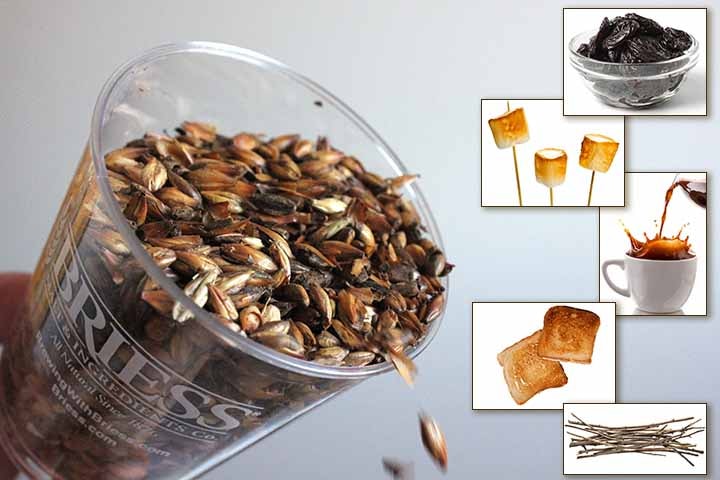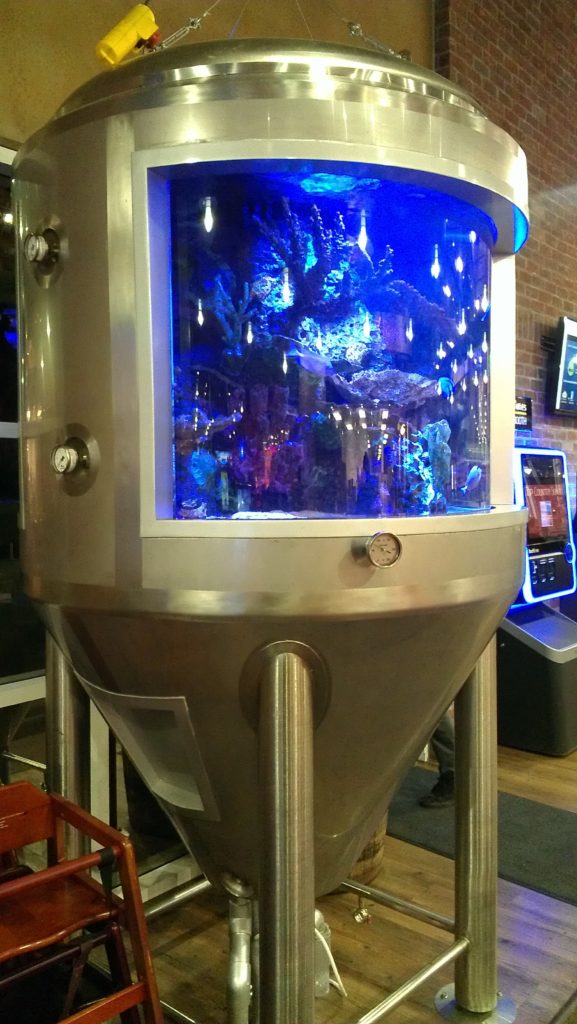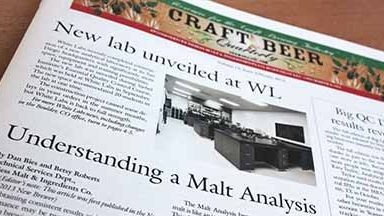
With the sheer number of specialty malts available to American craft and home brewers, selecting just the right malt to hit the target flavor, color or mouthfeel you have in mind can be challenging. So, to help you become more familiar with the flavor of Briess malts and how to successfully formulate with them, we’re going to feature a malt each month. I’m kicking it off with a look at one of my favorite and very unique Briess malt, Extra Special Malt:
Extra Special Malt
- Malt Style—Drum roasted specialty malt
- Flavor—Toasted marshmallow, toast, mild coffee, prunes, dry, woody
- Color—130º Lovibond. Dark red / deep copper. Lighter brown hues at higher usage.
Flavor & Color Characteristics
- Extra Special Malt is a hybrid drum roasted malt with a very different flavor compared to Caramel Malt 120L.
- A unique drum roasting process is employed that produces a wide array of flavors including a combination of both caramel and dry roasting.
- This unique malt helps develop unique and complex flavors often associated with darker, high gravity beers like Doppelbock.
- Excellent for Belgian-style ales.
- Adds complex flavors in Abbey styles and darker styles like dry Irish Stouts and Porters.
- Use in small amounts to provide complexity in all styles of beer, even lighter colored/gravity beers.
Extra Special Malt was released in fall of 1999 as a substitute to De Wolf-Cosyns’ Special B. I had joined the company three years earlier and was excited about Extra Special. It was a new style for our malt portfolio, and I knew a lot of my customers would be excited to try it. We immediately brewed a doppelbock in our pilot brewery and found that Extra Special did not contribute the toffee caramel sweetness normally associated with the deeply red hued beer we brewed. This was exactly the result our maltster had wanted when he created the process for making this malt. The malt was complex with the full range of flavors listed above and offered brewers a whole new tool for creative brewing.
Here are notes from the recipe we brewed in 1999.
Chiltonator Doppelbock
- Description
- The formula may surprise you in its simplicity. But don’t be surprised by the complexity of flavor it produces. It’s important to use base malts with sufficient malt backbone since we do not rely on Caramel 120L to achieve the mahogany hues. Caramel Malt would also have increased the sweetness, requiring additional hops to balance it. Bonlander® Munich Malt was ideal to build the orange color base, which the Extra Special Malt used as a foundation to produce a deep red color.
- Color: 16 SRM
- IBUs: 22
- ABV: 7%
- OG: 20ºPlato
- Grist Bill
- 65% Pale Ale Malt (or substitute new Goldpils® Vienna Malt)
- 25% Bonlander® Munich Malt
- 5% Extra Special Malt
- 5% Carapils® Malt
- Procedures
- Single temperature infusion mash at 154ºF.
- Munich Lager Yeast at 52ºF
- Condition three months at 33ºF
So how much Extra Special Malt should you use? In Doppelbocks and other high gravity beers, 10-15% will develop a deep reddish/brown color with full malty body and pronounced prunes/toasty aroma. Depending upon the style of Belgian ale you’re brewing and for Stouts and Porters, 5-10% is recommended. This will help develop red to amber color in Belgian Ales, and develop complex flavor and aroma in all of them. For other beers with a strong malt backbone like English Ales and


